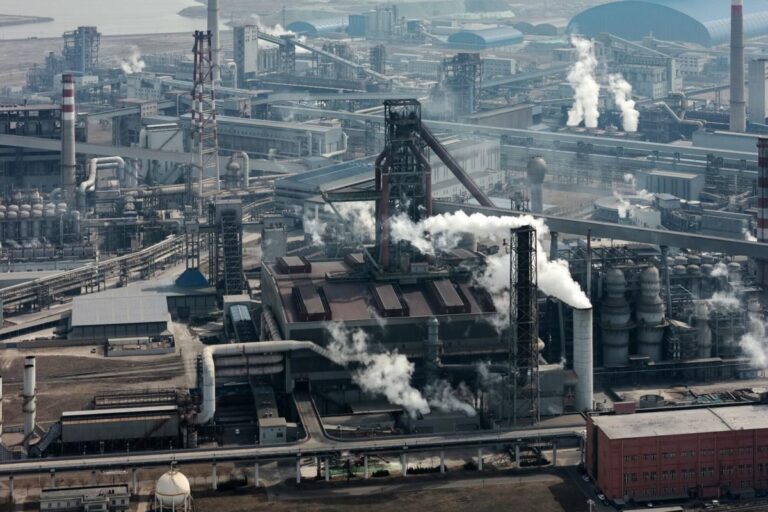(Bloomberg) — Concerns remain about China’s economic outlook even as a gauge of private manufacturing activity rose to its highest level in three years amid signs of weakening manufacturing confidence.
Most read articles on Bloomberg
The Caixin manufacturing purchasing managers’ index rose to 51.8 last month, the highest since May 2021. That beat the 51.5 median forecast of economists surveyed by Bloomberg. A reading above 50 signals economic expansion.
A measure of business leaders’ expectations for future output fell to the lowest level since late 2019 but remained in positive territory. The exact figure for the measure was not released.
“Lack of market confidence and effective demand remain major challenges,” Wang Zhe, senior economist at Caixin Insight Group, said in a statement, urging the Beijing government to step up measures to support the property market and stimulate consumption.
China’s key government bond yields hit a record low on Monday as investors continued to buy government bonds on pessimism about the domestic economy. The key CSI 300 index of stocks (000300.SS) ended 0.5 percent higher, while the yuan was flat at 7.2683 against the dollar.
China’s economic recovery this year has been uneven, with occasional bright spots in manufacturing and consumption weighed down by a lingering property crisis. Factory activity contracted for a second straight month in June, official data released on Sunday showed, with a sub-index of new factory orders dropping slightly on weaker demand.
China’s factory lines are churning thanks to buoyant exports, but domestic demand remains sluggish. The outlook for overseas shipments is uncertain amid rising trade barriers erected by key partners such as the United States, the European Union and Brazil, and domestic businesses and consumers are reluctant to spend amid persistently sluggish real estate prices and dim job and income prospects.
Manufacturers are also facing headwinds from deflationary pressures in China. With commodity prices falling, “the high Caixin PMI reflects exporters trying hard, but little improvement in sales or profits,” said Xing Zhaopeng, senior China strategist at Australia and New Zealand Banking Corporation.
Singh added that the indicators are likely to weaken in the coming months.
The Caixin Manufacturing PMI often paints a brighter picture than official data. The two surveys have different sample sizes, locations and industries, with the Caixin survey focusing on smaller, export-oriented companies.
Bloomberg Economics’ take…
“A slight increase in China’s Caixin PMI does little to counter the worrying message from the official survey – that the economy is struggling and weak demand is weighing on production. Still, the relatively strong Caixin figure suggests that exports may continue to support growth in the coming months, although they probably cannot overcome domestic weakness. Without stronger and faster stimulus measures, there is an increasing risk that GDP growth will fall below the official 5% target for 2024.”
— Eric Chu, Economist
Read the full report here.
New data released on Sunday also showed that China’s slump in residential property sector slowed further in June as the government sought to shore up housing markets in some of the country’s major cities.
Preliminary data from the China Real Estate Information Corp. showed new home sales by the 100 largest property companies fell 17% from a year earlier to 439 billion yuan ($60 billion), down from a 34% drop in May. Sales rose 36% from May.
—With assistance from Zhu Lin.
(Updated according to the latest market trends)
Most read articles on Bloomberg Businessweek
©2024 Bloomberg LP

